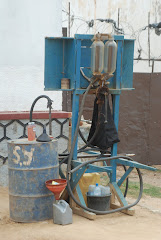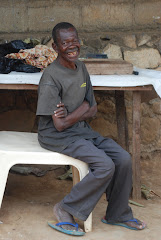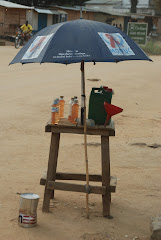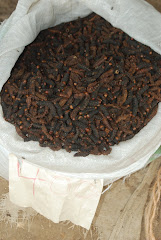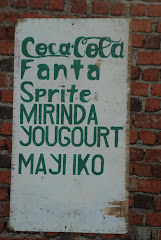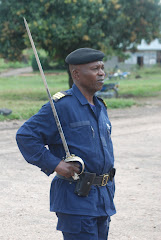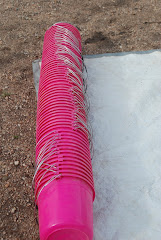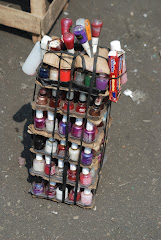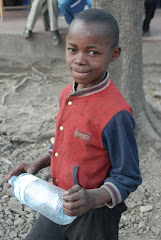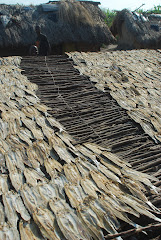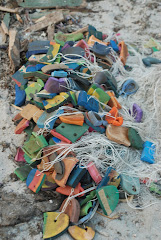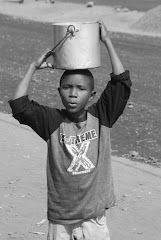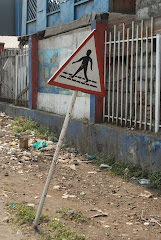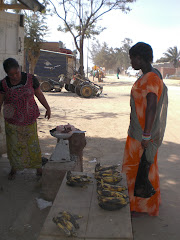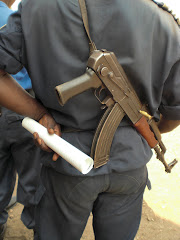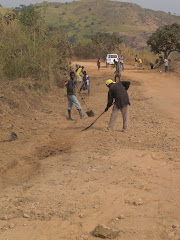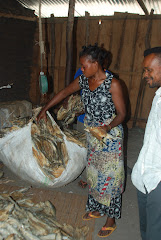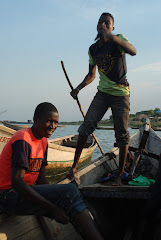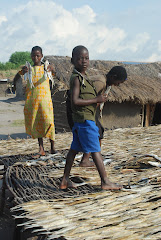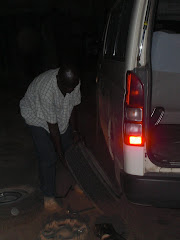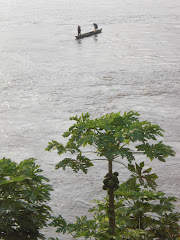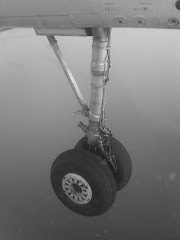
I have a long time been thinking about a post about roads and traffic situation, or rather the lack of roads and crazy driving, in DRC. A few days ago, I came back from a mission to Bogoro and Kagaba supervising the precisely the road works. So what would be better than finally writing this post. Our work here is to monitor the work of the stabilisation plan aiming at (re)-stabilising the Congo by training and deploying police and establishing administration offices for the put in place of civil servants of all sorts. This requires rehabilitation of the roads, or sometimes building them from scratch, and building offices, police stations, and homes for the police (the last funded by Sweden). Thus, these road works are part of the stabilisation plan, and it means that finally the work started in Ituri. Pole pole, but we are moving ahead. I was happy to see women participating in the road works, however less so seeing a few being clearly less than 18 years.

First the Nepengineers (Nepalese engineers' contingent) do the foundation work, and this we cannot monitor since the escort cannot be provided to the workers and the monitors at the same time... Thereafter, some local companies have been contracted to do the rest, and they in their turn, hire the locals to go out on the roads with hacks and spades.

Traffic here is as in many other countries with poor infrastructure, mostly motorbikes and some trucks, and in general much faster than both the vehicle, driver and road permits. The many many potholes help to increase the speed, but they also limits the passable part of the road making meetings a tricky business and overtaking almost impossible. Apart from stones of different sizes, the main material used is sand. Sand is not a long lasting material, and in addition to causing lots and lots of dust entering everywhere; pressed together and flattened it is also as slippery as ice. Therefore I am actually not that upset that my 4Runner has a 'speed limit' on 50 kph.

I have actually seen traces of asphalt in Bunia, and I take this as a remain from the colonial era when this was a blooming region that at least during the two world wars had higher standard of living (for whites) than Europe.

 I have a long time been thinking about a post about roads and traffic situation, or rather the lack of roads and crazy driving, in DRC. A few days ago, I came back from a mission to Bogoro and Kagaba supervising the precisely the road works. So what would be better than finally writing this post. Our work here is to monitor the work of the stabilisation plan aiming at (re)-stabilising the Congo by training and deploying police and establishing administration offices for the put in place of civil servants of all sorts. This requires rehabilitation of the roads, or sometimes building them from scratch, and building offices, police stations, and homes for the police (the last funded by Sweden). Thus, these road works are part of the stabilisation plan, and it means that finally the work started in Ituri. Pole pole, but we are moving ahead. I was happy to see women participating in the road works, however less so seeing a few being clearly less than 18 years.
I have a long time been thinking about a post about roads and traffic situation, or rather the lack of roads and crazy driving, in DRC. A few days ago, I came back from a mission to Bogoro and Kagaba supervising the precisely the road works. So what would be better than finally writing this post. Our work here is to monitor the work of the stabilisation plan aiming at (re)-stabilising the Congo by training and deploying police and establishing administration offices for the put in place of civil servants of all sorts. This requires rehabilitation of the roads, or sometimes building them from scratch, and building offices, police stations, and homes for the police (the last funded by Sweden). Thus, these road works are part of the stabilisation plan, and it means that finally the work started in Ituri. Pole pole, but we are moving ahead. I was happy to see women participating in the road works, however less so seeing a few being clearly less than 18 years. First the Nepengineers (Nepalese engineers' contingent) do the foundation work, and this we cannot monitor since the escort cannot be provided to the workers and the monitors at the same time... Thereafter, some local companies have been contracted to do the rest, and they in their turn, hire the locals to go out on the roads with hacks and spades.
First the Nepengineers (Nepalese engineers' contingent) do the foundation work, and this we cannot monitor since the escort cannot be provided to the workers and the monitors at the same time... Thereafter, some local companies have been contracted to do the rest, and they in their turn, hire the locals to go out on the roads with hacks and spades. Traffic here is as in many other countries with poor infrastructure, mostly motorbikes and some trucks, and in general much faster than both the vehicle, driver and road permits. The many many potholes help to increase the speed, but they also limits the passable part of the road making meetings a tricky business and overtaking almost impossible. Apart from stones of different sizes, the main material used is sand. Sand is not a long lasting material, and in addition to causing lots and lots of dust entering everywhere; pressed together and flattened it is also as slippery as ice. Therefore I am actually not that upset that my 4Runner has a 'speed limit' on 50 kph.
Traffic here is as in many other countries with poor infrastructure, mostly motorbikes and some trucks, and in general much faster than both the vehicle, driver and road permits. The many many potholes help to increase the speed, but they also limits the passable part of the road making meetings a tricky business and overtaking almost impossible. Apart from stones of different sizes, the main material used is sand. Sand is not a long lasting material, and in addition to causing lots and lots of dust entering everywhere; pressed together and flattened it is also as slippery as ice. Therefore I am actually not that upset that my 4Runner has a 'speed limit' on 50 kph. I have actually seen traces of asphalt in Bunia, and I take this as a remain from the colonial era when this was a blooming region that at least during the two world wars had higher standard of living (for whites) than Europe.
I have actually seen traces of asphalt in Bunia, and I take this as a remain from the colonial era when this was a blooming region that at least during the two world wars had higher standard of living (for whites) than Europe.































